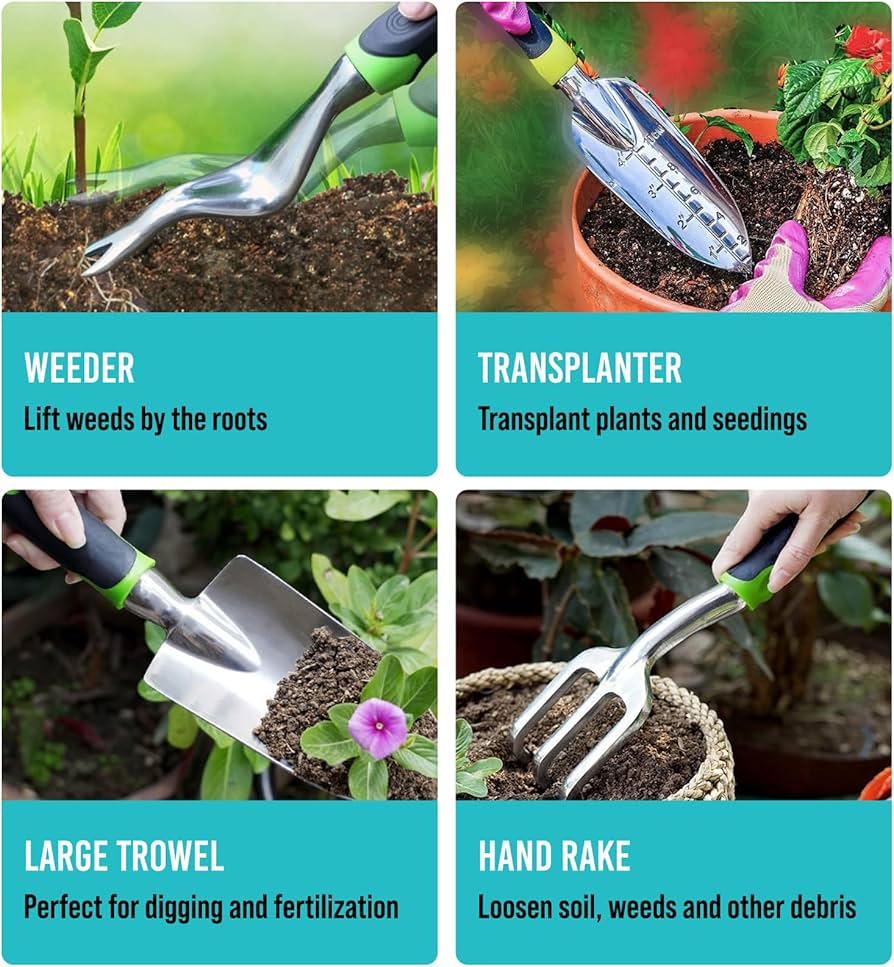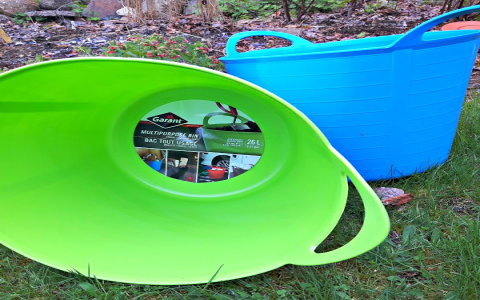Alright, so I’ve been wanting to share this for a bit. You know how it is with garden tools – you buy them, they kinda work, or they break, or they’re just not quite right for that one specific annoying job you always have. I got fed up. Seriously. So, I decided, why not try and make some myself? Or at least, customize some old ones to be more useful.
Getting Started – The Idea and The Junk Pile
It all started with me staring at a particularly stubborn patch of weeds. My usual tools were just bending or not getting the roots out properly. I thought, I need something tougher, something with a bit more oomph, and maybe a specific shape. So, the first step was a rummage. I went through my shed, the garage, you know, the usual places where old, forgotten things go to die. Found a couple of old broken shovels, a hoe with a split handle, and some random bits of metal I’d kept ‘just in case’. Perfect starting point, I reckoned.

Making the First Custom Tool: The Super Weeder
My main enemy was this deep-rooted weed, so I decided to make a long, narrow, super-strong weeder. I took the blade off an old spade – one of those thick, heavy-duty ones. It was already pretty beat up, so I didn’t feel bad cutting into it.
- Shaping the Blade: I used my angle grinder to cut out a long, thin spearhead shape. Lots of sparks, lots of noise. Had to wear all the gear – goggles, gloves, the lot. Then I sharpened the edges and the point. Took a while to get it how I wanted it.
- The Handle Problem: Store-bought handles often feel flimsy or too short. I found a solid piece of old hardwood, I think it was from an old chair leg or something. It felt good and sturdy.
- Putting it Together: This was the tricky bit. I heated the tang of my new ‘spearhead’ with a blowtorch until it was red hot. Then, very carefully, I burned it into the end of the wooden handle. You have to be quick and precise. Once it was in, I let it cool, then drilled a couple of small holes through the wood and the metal tang and hammered in a couple of strong metal pins I salvaged from something else. Finished it off with some strong epoxy around the join, just to be sure.
The first time I used it, man, it was a game-changer! Pushed right into the compacted soil and popped those stubborn weeds out, root and all. Felt solid in my hand. Success!
Next Up: A Custom Hand Trowel
Feeling pretty chuffed with the weeder, I decided to tackle another problem: a good, comfortable hand trowel that wouldn’t bend when I hit a rock. Those cheap ones are the worst.
For this, I used a smaller piece of thick sheet metal I had. It was a bit rusty, but solid underneath.
Forging Fun: I’m no blacksmith, but I heated the metal up with the torch and hammered it into a curved trowel shape on a makeshift anvil (a big block of steel, really). Took a few goes, heating and hammering, heating and hammering. It’s not perfectly symmetrical, but it’s got character, right?
Handle Again: Another piece of hardwood, this time shaped more ergonomically to fit my grip. I spent a good while with a rasp and sandpaper to get it just right. Attached it in a similar way to the weeder, with a tang burned in and then secured properly.
This one also worked a treat. It’s got a nice weight to it, and it doesn’t flex at all, even when I’m digging in tough clay soil. I can really put some force behind it.

Finishing Touches and What I Learned
Once I was happy with the basic tools, I spent some time cleaning them up. Wire brushed off any rust, gave the metal a light coat of oil to protect it. For the wooden handles, I sanded them super smooth and gave them a few coats of linseed oil. They look pretty rustic, not like something shiny from a shop, but they feel incredibly robust.
Was it worth it? Absolutely. It took a bit of time, and a fair bit of effort, especially the hammering. And my shed was a mess afterwards. But now I’ve got two tools that are tailor-made for my needs and my garden. They’re stronger than anything I could buy for a reasonable price, and there’s a real satisfaction in using something you’ve made with your own hands.
If you’re a bit handy and you’ve got some old stuff lying around, I’d definitely recommend giving it a go. You don’t need fancy equipment. Just a bit of patience and a willingness to experiment. You might end up with your new favorite garden tool.





















